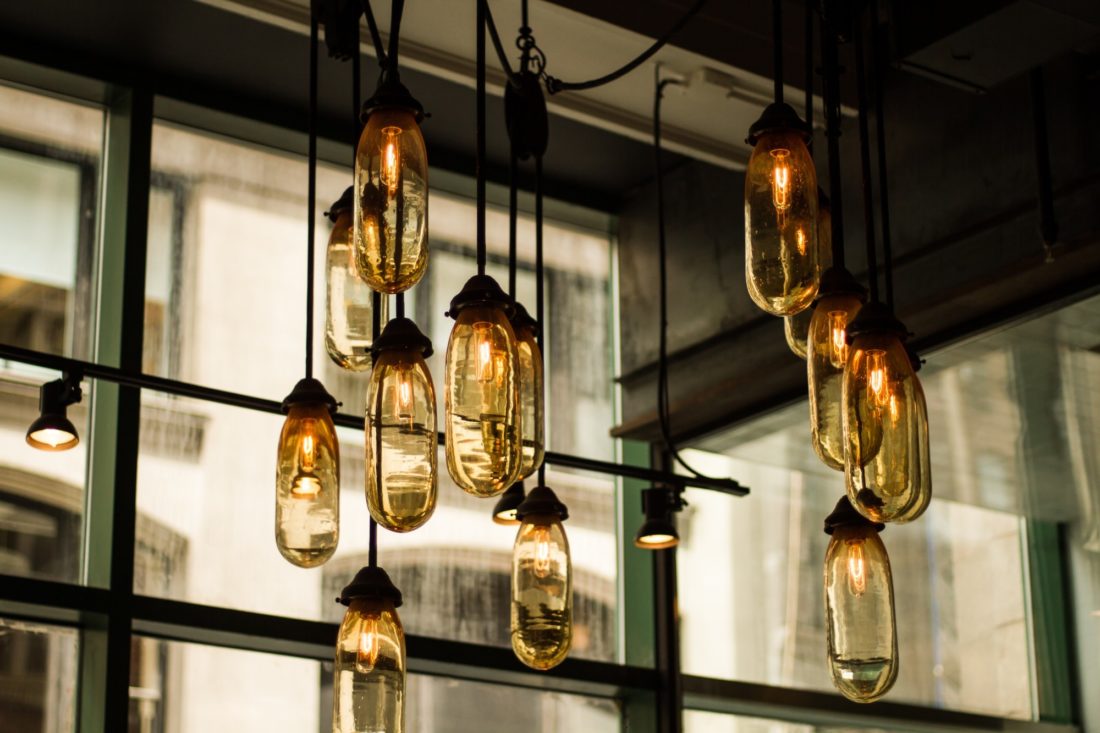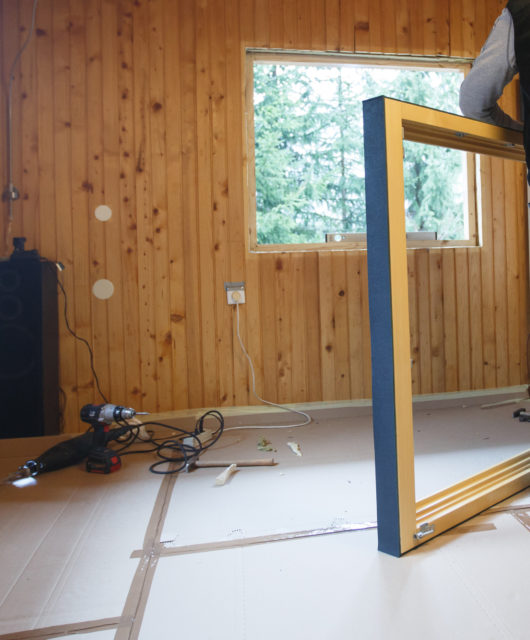Lighting Plan: 7 Simple Tips to Make Lighting Your Home Easier

What’s the fun in owning a home if it’s dark, dank, and depressing?
If your home lacks good lighting, then you need to take matters into your own hands. Whether it’s a lack of windows to let natural light in or a lack of fixtures set up to give you light in key areas, bad lighting will leave you feeling like your house isn’t actually your home.
Today, we’re going to help you figure out a lighting plan for your home with 7 great tips to brighten your kitchen, living room, bedrooms, and bathrooms. Don’t live under cover of darkness any longer, follow these tips and light up your home once and for all.
Table of Contents
1. Layer Your Lights
To create depth in your rooms, you’ll need to layer different types of light. There are three levels of light you can consider: ambient, task, and accent. The size and shape of the room, and the amount of naturally occurring light the room already has, will dictate what layers you should choose.
Ambient light will give your room a general amount of lighting, usually from an overhead source like a chandelier or ceiling fan. Task lighting is a light source that serves a specific purpose, like walking through a hallway or reading underneath a chair. Accent lighting allows you to highlight a specific piece of decor.
When you’ve got a room that severely lacks lighting, try adding one of these layers to brighten things up. A well-layered room is one that gives you a lot of options to work with.
2. Find and Highlight Natural Light Points
Before you start adding fixtures to layer the lighting in your room, locate the natural light sources and make sure that they’re highlighted. Nothing is better for a room than natural light, so your first order of business should always be to find a way to bring in as much of it as possible.
When you arrange your room around these natural light sources, the artificial ones should fall into place. For example, in a living room, you should always have the furniture arranged in accordance with your windows. Then, you can use spotlights and ambient lights on dimmers to give you artificial light when needed.
3. Make Sure It’s Functional
Dealing with artificial light can feel like a chore if you don’t know what to do with it. A good rule of thumb is to always make sure that your artificial lights are functional so that you’re not wasting light and space in any of your rooms.
The kitchen is always a great example of the functionality of a light source. When you’re cooking, socializing, or grabbing a midnight snack, you need a functional lighting source, which is why the kitchen is always the most well-lit room in any home.
In your dream kitchen, you’ll have bright overhead lights combined with more concentrated lights above the countertops, stove, and sink. In a reading nook, however, it’s better to have flexible lights that point away from you.
You’ll quickly learn when outfitting a home with lights, that functionality is the most important part.
4. Considering Bulbs
Brightness is usually determined by what sort of bulbs you’re using. Too many homeowners forget to consider this and just get whatever bulbs they see first in the store, but there are options for a reason.
The questions you need to ask yourself are how bright you want the light to be, what you want the atmosphere to be like, and whether or not the light source is going to be a focal point in the room. Brightness is determined by wattage, while the temperature is the vibe the bulb gives off.
If your light source is part of an artistic fixture, you’ll have to take these things into consideration, along with appropriate light shades. Light shades can give you that extra special light design that you’ve been looking for.
Another thing you might consider is energy efficiency. The lights you use the most should be energy efficient, but it doesn’t matter as much for the ones that get occasional use.
5. Atmosphere
A lot of your lighting plan will hinge on the sort of atmosphere you want to create in the room. The atmosphere isn’t exclusively determined by your lights, but rather the relationship that your lights have with the rest of your room.
This means that the color scheme and the decor come into play. For example, a room with lots of earth tones (oranges, yellows, browns, etc.) should have warm light to give the room a yellowish tinge, while a room with cooler colors (greys, blues) should have cooler light to match.
6. The Use of Spotlights
Spotlights can be used as task lights or simply as a way to highlight your favorite pieces of art and decor. When used appropriately, a spotlight can bring a certain level of sophistication to your room.
You have to take spacing and brightness into account when using spotlights. The last thing you want is to overdo them.
7. Less Is More
Ultimately, less is more when dealing with a lighting plan. Instead of loading up your rooms with light fixtures in the hopes of brightening it all up, analyze your natural light sources. Sometimes, you can get all the light that you need from that one source during the day and ambient light at night.
When you ignore what your room is telling you, you’re going to end up with an overly bright room that doesn’t look good or function well. Start with one light at a time and build it up until you’ve got a well-layered, pleasant feeling room.
Coming Up With a Great Lighting Plan
Creating a lighting plan involves a good amount of thought and preparation. You need to know what your house truly needs before you can start adding light to it. Spend some time in your rooms and figure out where that little bit of extra artificial light is most needed.
Great lighting can bring each room of your house to life. With layers and variety, you can create a great mood and a fitting atmosphere in your house as a whole.
Did you find this post helpful? Come back and visit us again for more home, DIY, and lifestyle advice.









